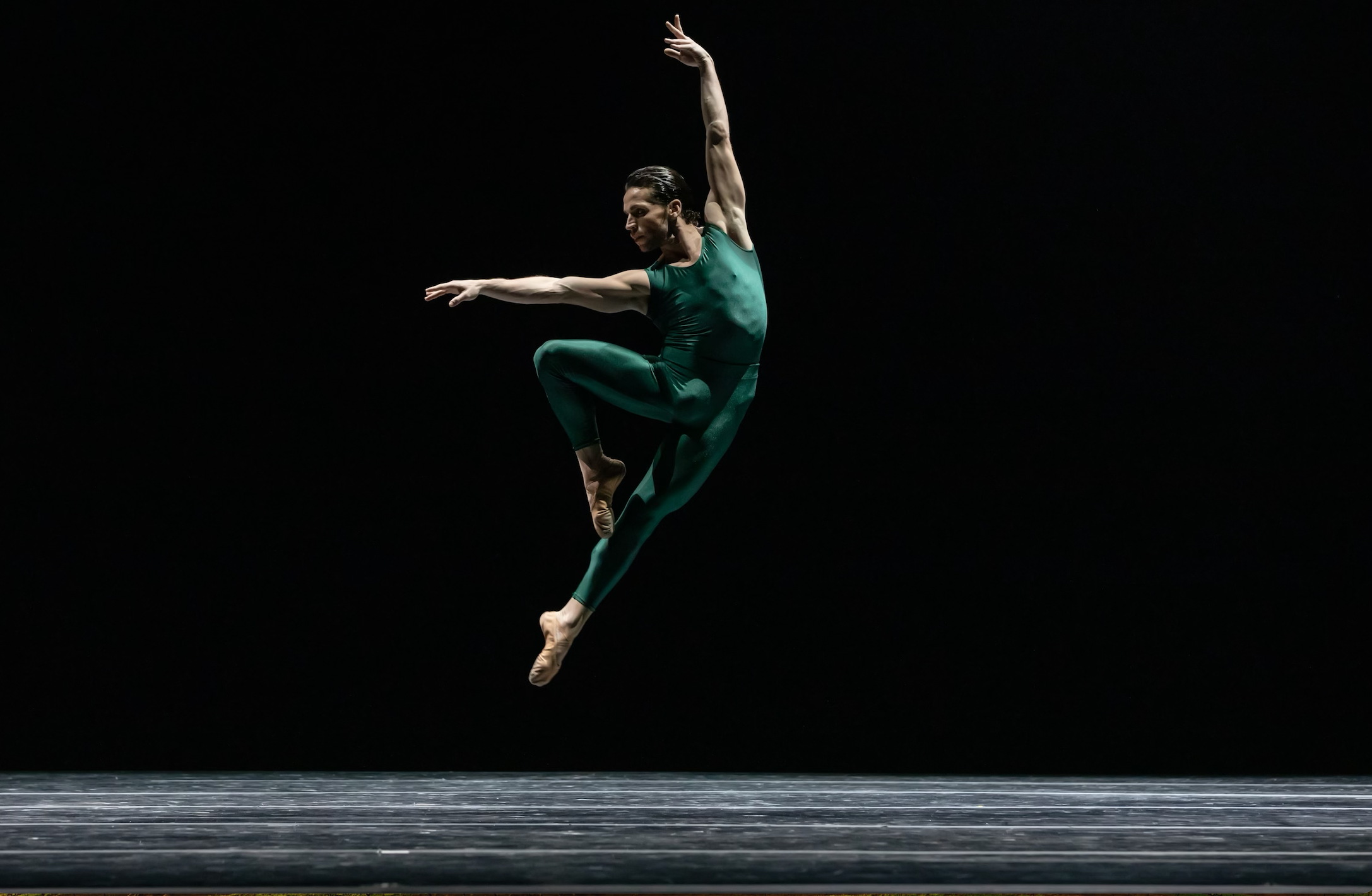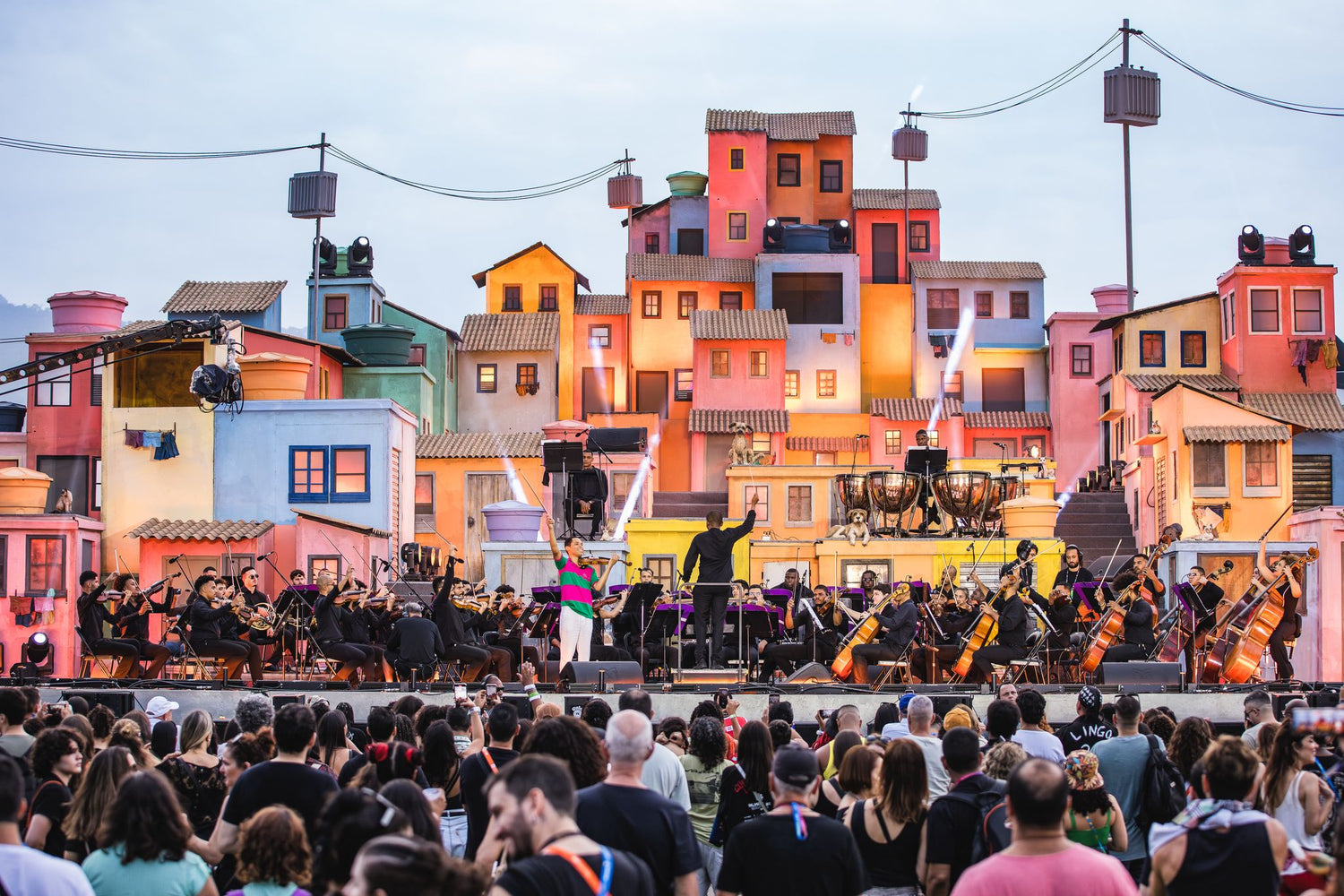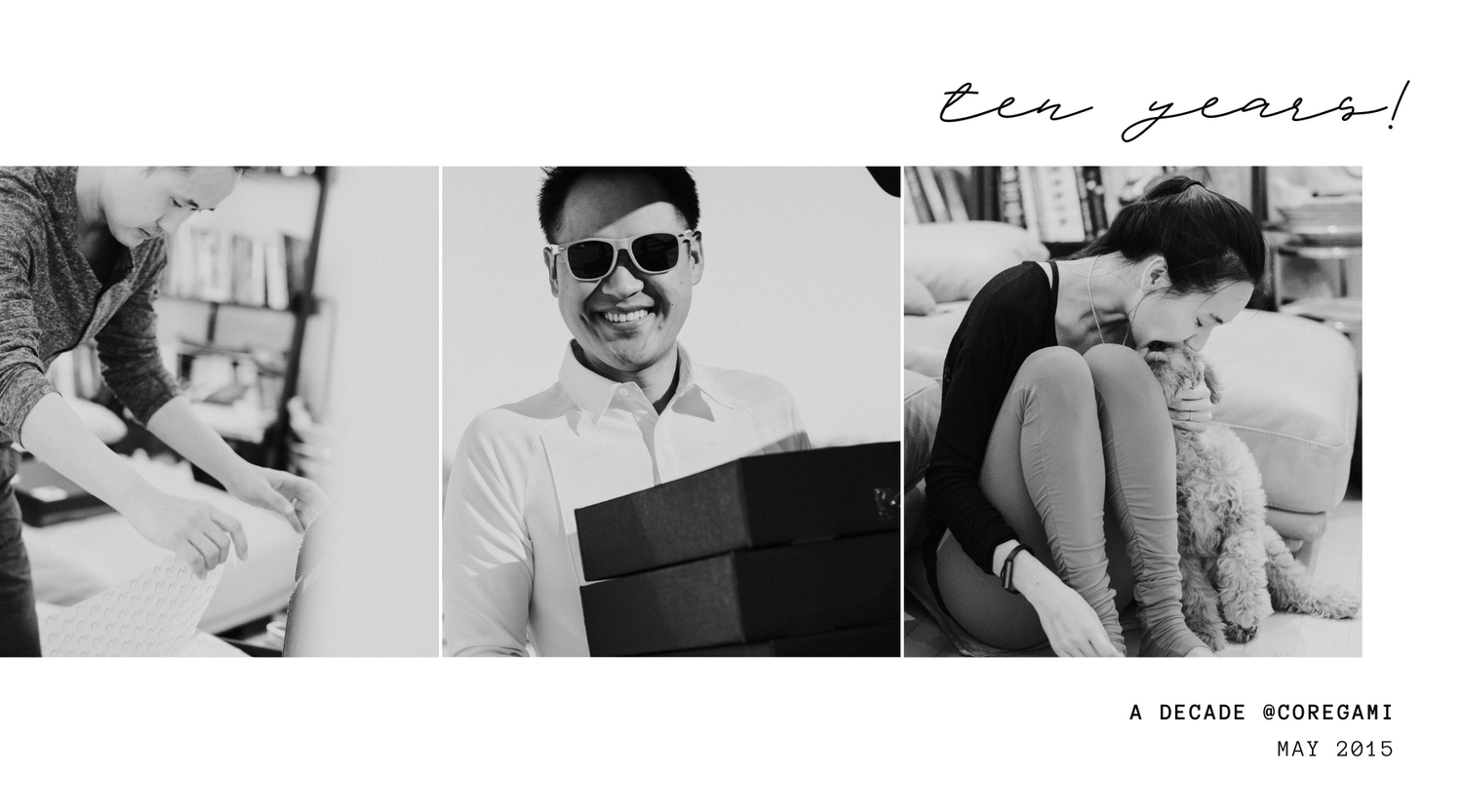Brazilian dancer Andre Silva has quite literally been on the dance floor from the very beginning.
His mother was a ballet teacher and owner of her own ballet school, the Royal Academy of Dance in Brasilia, and carried on teaching dance throughout her pregnancy. “She went into labor while teaching,” Silva recalled, “her water broke and I almost slipped right out there on the dance floor!”
Silva isn’t sure if all the dancing he did in the womb with his mother catalyzed the innate fascination he’s always had for the art. Regardless, by the time he could stand on his own two legs, he was dancing on them, too. “I was dancing all the time, in the house, at the beach, everywhere,” he said.
By the time he turned four, he realized that his mother owned her own dance school, and begged to attend classes. It wasn’t something his parents encouraged, he said. He just knew. “There was something deep in me. Even at that age, I knew that was my calling. Dancing was what I had to do.”
Letting Silva attend dance school was a decision his mother would perhaps soon regret. By the age of 12, he had outgrown the halls of her academy and was begging her to move abroad and pursue his passion in the United States.
Silva had met some Cuban dancers who were temporarily teaching at his mother’s school, and when they left to join the Orlando Ballet, he followed them. “In Brazil at the time, there was no ballet company. I had to get out there. So I left without my mom, my dad, but I got lucky because I had met these older friends who helped me.” Silva ultimately landed at the HARID Conservatory in Boca Raton, one of the most famed dance schools in the United States.
He first joined the Texas Ballet Theatre (TBT) in 2003. Throughout his early adulthood, however, Silva traveled the world, dancing in competitions and ballets from Shanghai to Montreal to Augsburg. Today, in addition to continuing to perform as a principal for TBT (where he most recently performed in Dracula), Silva works as a Resident Choreographer for Houston’s Uptown Dance Company.

Like Yin and Yang
Few art forms are linked closer than music and dance. But the two practices aren’t just connected, for Silva. He feels that each enhances the other, that they’re intrinsically tied. Dancing for a live orchestra, instead of dancing for music playing on tape, is an entirely different beast.
“There is something about that physicality, with music playing near you, to you, and for you,” he said. “That synergy, that beauty is unparalleled. And I don’t think it’s just us dancers, the musicians must feel something too.”
Authentically capturing and maintaining that feeling, Silva said, is crucial to performance. One must understand (and believe) the story they’re telling with their body. “Say I'm portraying a prince that is in love, and my love dies, and then I have to die for her because… these emotions, you have to truly feel them in order to communicate them to the audience. Musicians, dancers, we cannot speak as artists. We have to take what we feel and send it to them.”
That’s why authenticity is so crucial to Silva. It’s easy to tell if a dancer is faking it, he said, and the deciding factor between faking a performance and not isn’t necessarily understanding the role, but committing to it—completely and utterly.
“Once you commit, once you care, then it starts to come through,” he said, “even if you don’t completely understand the role yet. You have to put yourself in that role first, and then the experience will unravel in your arms.”
It’s not always easy to commit to a role, said Silva. In fact, he believes it’s the single most difficult thing about being a dancer. But habits and consistency help.
The first thing he does, after committing, is trying to research and understand a given role. “Read books, watch movies, listen to interviews of past performers,” he said. “Having a good coach is also very important, but most importantly, you have to take care of yourself.” Diving too deeply into a role, to the point where you’re neglecting your own well-being, will only backfire, Silva said. “Nurture your body and your mind, make sure you’re aligned with the things in your life that make you feel good and happy.”

Off the Dance Floor
Outside of performing himself, Silva enjoys a variety of other hobbies, such as hiking and being in nature, reading, meditation, and cooking. (Initially, he remarked that traditional Brazilian rice and beans were his favorite dish, but later admitted that he was probably more of a salad guy.)
More than anything else though, besides dancing Silva spends his days working as a choreographer, designing dances for others. “I really enjoy bringing something out of my brain into reality,” he said. “Choreography is taking something unknown and creating something of your own.”
The process of choreographing a dance is different for each choreographer, and Silva even feels his own artistic process has evolved and changed dramatically over the years. “Speaking in the present moment for me, I like to start with an intention,” he said. “What is it that I want to say? What is it that I want to put into the space, into the stage? Is this a narrative story that I want to tell, or is it an abstract concept?”
With that intention, you must find the right music to illustrate it. The music comes first, then the movement. Once you have your intention and your music, “you then get yourself alone in a room, listen to the music, and you move and see what movements come out of your body as you're listening to the music.”
“Now you have something to work with, so you get your dancers, and build from there.” This stage is the most exciting, Silva said, because you’re taking a solitary intention and expression you’ve crafted and giving it to your dancers, and then seeing all the unique nuances they put into the expression.
“It's fascinating, often you expect a dance to turn out one way,” he said, “but when you give it to the dancer’s body, they translate it in a totally different way that isn’t what you intended, but it’s more natural, it makes more sense, and it’s a unique movement you never could’ve imagined.”

Angel Numbers… 11:11
Silva’s favorite piece of choreography remains the first piece he ever created for Texas Ballet Theatre, entitled 11:11. The name comes from the so-called “angel number,” a numerological phenomenon of repeated number patterns which Silva was fascinated by while he was creating the piece.
According to Numerology.com, the number 1 is associated with beginnings, initiative, and independence. So, if you are seeing the 1111 angel number, you could be entering a new phase of your life or embarking upon a new journey of some kind. Now is not the time to dwell on the past or lament about missteps you may have made, nor is it the time to be shy about your biggest hopes and dreams. The 1111 angel number is letting you know that opportunities, growth, and positive change could be on your horizon, so be open to the possibilities that make themselves available to you now.
“I was seeing 11:11 constantly, all around me,” Silva said of his life at the time. “I never looked for it, but I saw it every day.” Its constant presence in his life left him with little choice, he said. “I knew, ‘This is something I have to make a piece about.’”
Silva decided to make an abstract work with 11 movements, and each movement was entirely different. Described by the Fort Worth Business Press as a “hypnotic mix of tribal, pop, and electronic music,” the performance was a smash hit.
“It turned out so cool,” Silva said. “It flowed so quickly. Normally there's a triple bill in the winter, and they invite two other choreographers into it. I was in the middle of two major choreographers in the dance world. I was the fresh face. But when the review came out, my piece stood out the most out of the three. It was the most talked about, everybody loved it. It felt really amazing to have that success.”
Connecting with Coregami
Silva was introduced to Coregami through one of our photographers, Marlin, a former dancer at Texas Ballet. “I absolutely fell in love with what Coregami was,” Silva said. “Kevin’s energy was amazing, his humility, his goals. That already spoke levels to me, connecting with him in that direction. But wearing his design, well, it sparked this musical side of me.”
“As a classical dancer, what we do is quite similar to being a classical musician. There’s a way you present yourself, a way you walk on stage. Coregami shirts and jackets give you the ability to do this and look beautiful, while at the same time being comfortable and breathable. I mean… It was so soft. I felt like I could equally wear it to work, a nice dinner, or to a fancy event.”
“There's nothing better than working with a brand that you actually connect with. When you understand the vision behind a brand, you can actually give yourself to it, connect to it. That's what it felt like wearing Coregami. I just became Coregami.”

On Being an Artist
Silva has no qualms about his career. He truly is living his lifelong dream, the one he envisioned for himself in those early days studying at his mother’s school in Brazil. But if he had to pursue something besides art, Silva said he’d be a scientist. “I loved science in school, and am often curious to learn about how science and technology are interconnected, the natural phenomena of the world, and to gain and share understanding and knowledge.”
At the close of our interview, when I asked him if there was anything in particular he’d like to convey to readers or others looking to pursue a career in the arts, Silva was quick to clarify. “It may sound like I have a perfect life,” he admitted. “I was lucky enough to have made my dreams come true. But it wasn't always perfect, and it’s still not perfect. There’s a lot of work you have to put into it.”
Silva is up each day by 6:45 a.m. and he dances and choreographs for eight to nine hours every day. Even after dancing all day long, he makes time to hit the gym and lift weights, and cooks for himself nearly every night.
“There are a lot of aches, a lot of pains, you have to stay on top of mental health too,” he added. “So there’s an ugly side to everything. It’s not always beautiful and lovely with white and red roses. That’s why being kind to people—and to yourself—is so important.”
The true key to success, he’s found, lies in perseverance. “When talking about being an artist, you can’t underestimate the importance of discipline, focus, and commitment,” Silva said. “I carry those qualities throughout my life, but in return, I’ve been rewarded in a healthy way. I’m able to live happily and achieve my dreams.”





